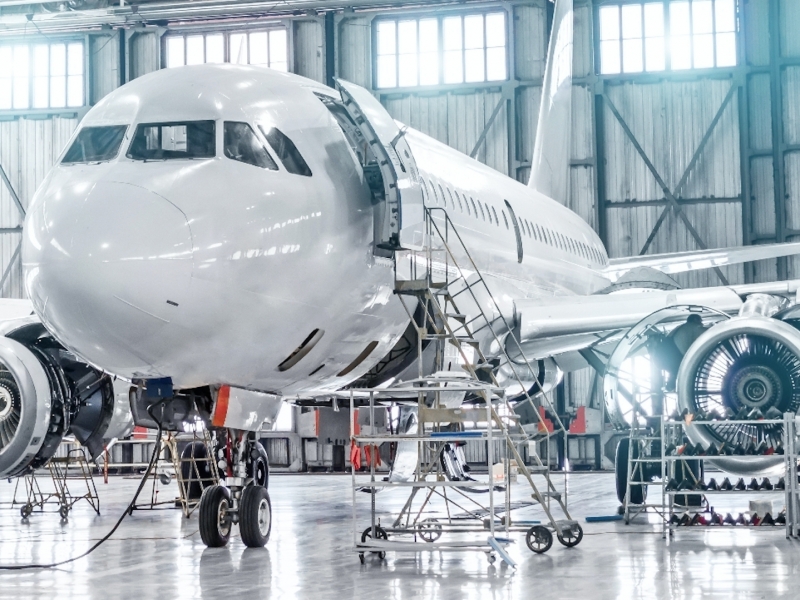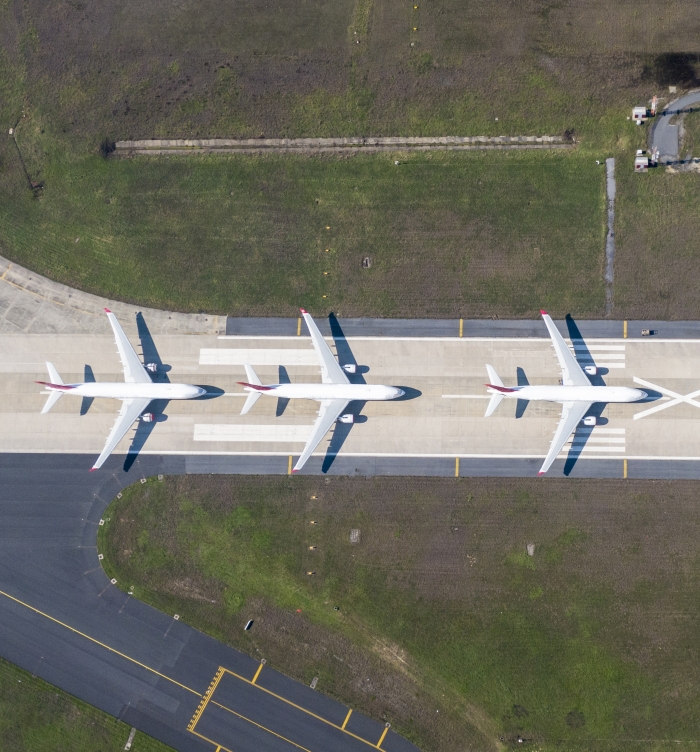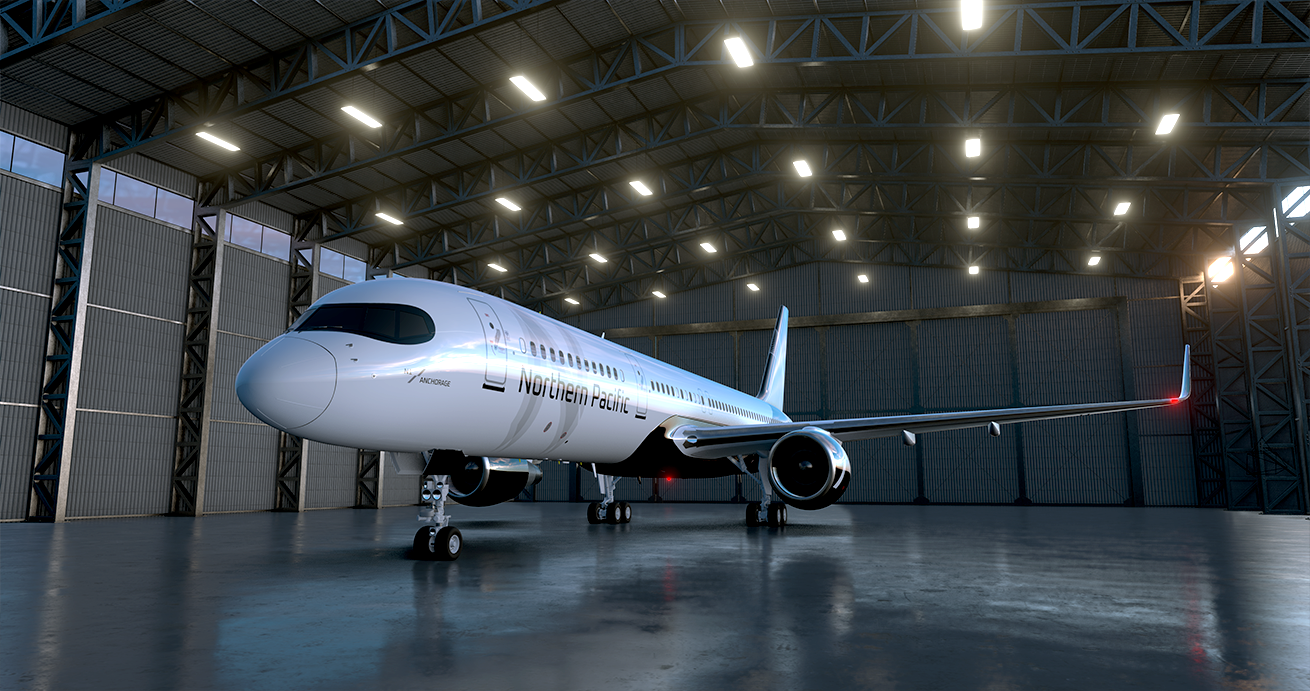27/10/2023
In our recent aircraft redelivery webinar, IBA’s asset management experts highlighted several key issues and changes in trends to lease-ends and redelivery schedules over the past few years. Here are some of the key takeaways from that session.
The insights were drawn from IBA’s 2023 Redelivery Survey, where we asked the airlines, lessors and the aviation finance community to help us uncover some of the key issues affecting aircraft redeliveries and latest trends in this process. Being our first full review since the COVID-19 pandemic, our experts shared of the best practice for redelivering both aircraft and engines.

Considering current circumstances, meticulous planning for aircraft redelivery has become more critical than ever. The lingering impact of pandemic-related restrictions on maintenance has led to significant backlogs, particularly affecting MRO and shop capacity, with engine shops facing additional challenges due to the surge in in-service issues from multiple engine manufacturers, thereby escalating demands on their capacity.
To streamline the redelivery process, we advise lessees to collaborate closely with the lessor and furnish a comprehensive redelivery plan outlining the step-by-step return procedure. This will provide the lessor with a clear timeline for accessing the aircraft and its records for thorough inspection. While it is imperative for lessees to adhere to the lease guidelines for access control, allowing some degree of flexibility can prove advantageous. For instance, granting the lessor early access to the records can facilitate early identification of any shortcomings, affording the lessee more time to address any discrepancies.
Additionally, it is prudent for both parties to establish a shared understanding of the documented return conditions to eliminate any potential ambiguities. While the initial conditions might have been explicitly stated and coherent, contemporary interpretations may vary.
According to our surveyed responses, there has been a noticeable uptick in lease extensions post-pandemic. However, lessees considering extension options should not halt their redelivery planning in case an agreement to extend the lease term is not reached.

Lessors place significant emphasis on asset value, making redelivery conditions a vital tool in assessing the future value and state of the aircraft upon return. Consequently, meticulous scrutiny is applied by lessors during aircraft inspections, and any deviations from the redelivery conditions must be promptly addressed. According to our survey respondents, there persists a noticeable trend among lessors to thoroughly examine repair details, often revealing discrepancies between the repair documentation and the lessor's requirements.
Lessees should bear in mind that lessors' inspectors meticulously evaluate each repair, adhering strictly to the specifications outlined in the aircraft's structural repair manual. Any deviations from the manual or a lack of documented evidence confirming the proper execution of repairs will prompt requests for further review, consequently adding extra work to the return assessment. To prevent such complications, it is advisable for records personnel and the structures department to meticulously review the records of each repair.
The Borescope inspections at the end of a lease are often among the final checks carried out by a lessor. They are typically mandated after a demonstration flight. Given their proximity to the lease conclusion, undertaking comprehensive preventive front-to-back borescopes could mitigate potential delays in return, potentially saving millions of dollars in penalty charges. Given the limitations in engine shop capacity, accurately grasping the actual shop turnaround times is crucial for determining the timing of this inspection.
Lessees should be mindful that redelivery conditions within the cabin might be stricter than those mandated for their own operations. Our recent Redelivery Survey has indicated a growing apprehension regarding supply chain issues impacting the return process. The customization of cabin interiors based on lessees' specifications often entails the use of unique component parts with extended lead times. To prevent delays during the return, it is advisable to conduct a thorough cabin survey in advance, pinpointing any existing cabin defects and procuring necessary parts within the stipulated lead time. Emphasizing the significance of cleanliness in addressing cabin defects, it is recommended to carry out the survey subsequent to a comprehensive cabin deep clean. This facilitates the identification of components that might necessitate replacement for cosmetic reasons.

A crucial component of redelivery processes involves meticulous examination of aircraft records, a task that can consume several months for lessors. The integration of digital record-keeping, with its advanced search functions, has notably streamlined operations for all involved. Nevertheless, the significance of an airline's technical records team cannot be understated during this phase. Typically entrusted with upholding the airline's compliance standards, these teams often lack the resources to accommodate supplementary tasks like redeliveries. Assigning a dedicated member from the records team to assist with the redelivery process can alleviate the pressures associated with this complex procedure.
For more information on the aircraft redelivery insights shared, watch the full webinar on demand here.
With over 35 years of experience and a portfolio of over 100+ aircraft under active asset management, IBA is ideally placed to manage your existing aviation portfolio or support the establishment of your platform. No other provider of aircraft management services has IBA's combination of independence, breadth of expertise and depth of data. We can support your investment through each stage of the cycle starting with pre-transaction analysis, fleet servicing, remarketing, or transitioning.
Learn more about IBA Asset Management